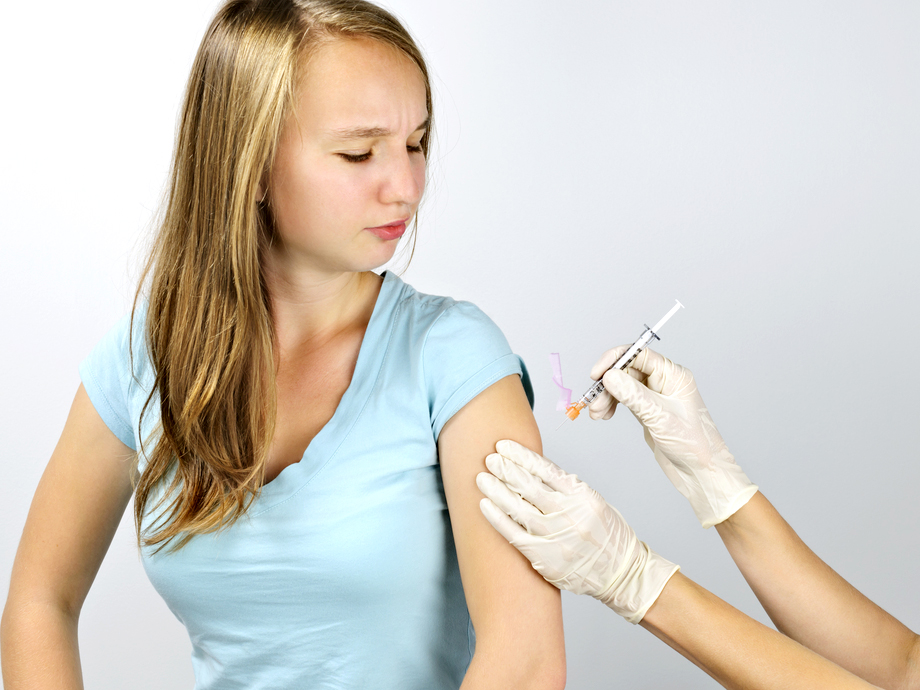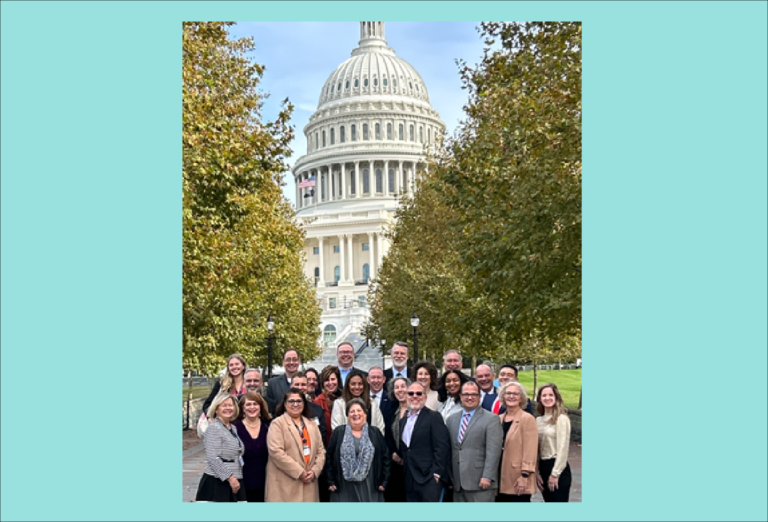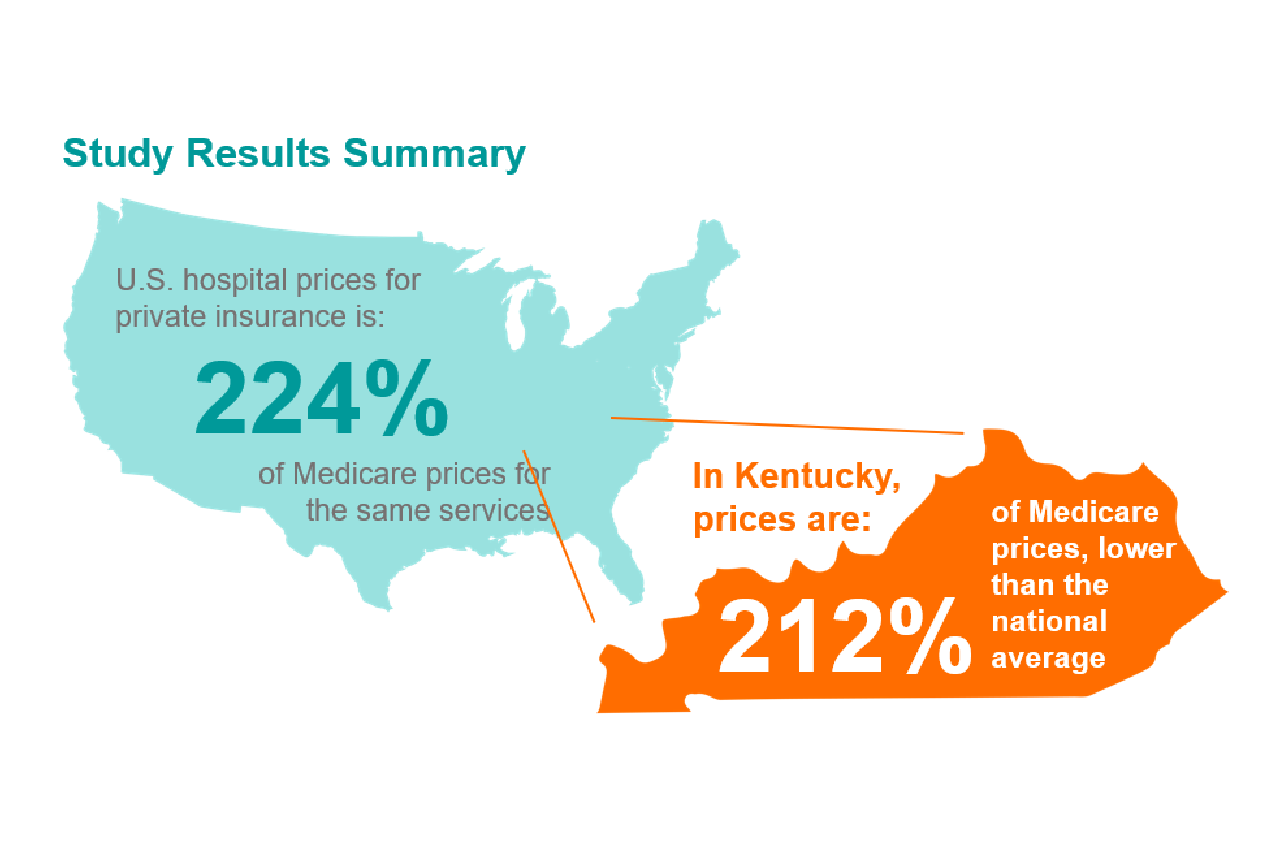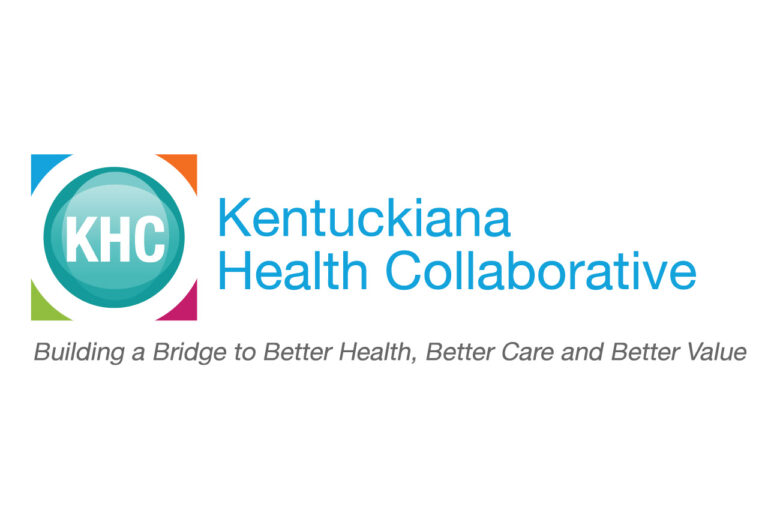School has started for most Kentuckiana students, so what better way to kick off our new “Measure of the Month” series than by focusing on an integral part of school preparation: childhood and adolescent immunizations.
“While vaccines are often thought of as something for babies and young children, preteens and teens also need vaccines to stay healthy throughout the school year,” the Centers for Disease Control website advises. “Vaccination protects preteens and teens against serious and potentially life-threatening diseases, including meningitis and cancers caused by HPV infections.”
Two of the healthcare provider quality measures we track through our yearly reporting at the KHC are childhood immunizations and adolescent immunizations. By their second birthday, children should receive 10 vaccinations, and by their thirteenth birthday, they should receive another three vaccinations.
Vaccinations include:
Children:
- DTap
- Influenza
- Polio
- MMR
- HiB (H Influenza Type B)
- Hepatitis B
- Chicken Pox
- PCV (Pneumococcal conjugate)
- Hepatitis A
- Rotavirus
Adolescents:
- Meningitis
- Tdap
- HPV
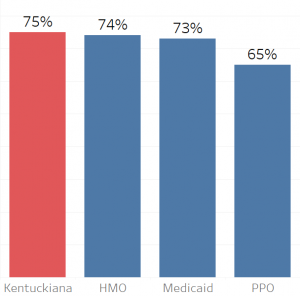
In Kentuckiana, the adolescent immunization rate of 75% percent for all recommended vaccinations is above the national rates of 65% for PPO plans, 74% for HMO plans and 73% Medicaid rate. This year will be the first year that immunization against HPV, a sexually transmitted virus that causes cervical cancer, is included in the adolescent immunization measure. Kentucky has the 11th highest cervical cancer rate in the country, and according the CDC, they are 33rd in the country for vaccination rate (ages 13-17). There has been an increased emphasis on vaccinating boys against HPV in recent years to help control the spread of HPV.
Over the last four years, when KHC began measuring adolescent immunizations, the rate of total vaccinations has risen slightly from 73% to 75%. It will be interesting to see how the addition of the HPV vaccine affects the rates both locally and nationally.
To see Kentuckiana and Kentucky KHC reports (including specific immunization rates), visit our community measurement page.
